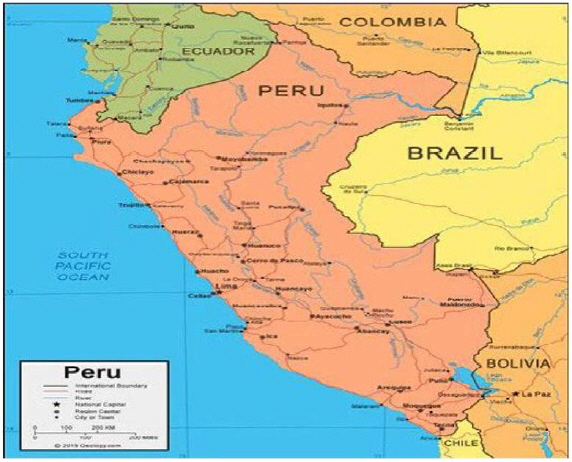On October 30, 2020, Lupaka Gold Corp. (Canadian) filed with ICSID a request for arbitration related to Mining Concession. On February 19, 2021, the tribunal was constituted. On July 20, 2021, the tribunal issued Procedural Order No. 1 concerning procedural matters. On September 23, 2022, the Claimant filed a counter-memorial on jurisdiction and reply on the merit. On October 17, 2023, each party filed a submission on costs.
On December 15, 2020, Worth Capital Holdings 27 LLC. (U.S.) filed with ICSID a request for arbitration related to the oil and gas business. On September 14, 2021, the tribunal held a first session by video conference. On October 3, 2022, the Respondent filed a memorial on jurisdiction and a counter-memorial on the merits. On May 29, 2023, the Tribunal issued Procedural Order No. 3 concerning the procedural calendar.
On January 4, 2021, Quanta Services Netherlands B.V. (Dutch) filed with ICSID a request for arbitration related to the telecommunication business. On August 1, 2022, the Claimant filed a reply on the merits and counter-memorial on jurisdiction. On October 7, 2023, the Respondent filed a post-hearing brief.
On March 12, 2021, Telefonica, S.A. (Spanish) filed with ICSID a request for arbitration related to the telecommunications services. On November 8, 2022, the Tribunal issued Procedural Order No. 1 concerning procedural matters. On November 9, 2023, following exchanges between the parties, each party filed a request for the Tribunal to decide on production of documents.
On May 19, 2021, APM Terminals Callao S.A. (Peruvian) filed with ICSID a request for arbitration related to the Pier Concession Agreement. On September 2, 2022, the Claimant filed a memorial on the merits. On October 24, 2023, the Respondent filed a rejoinder on the merits and reply on jurisdiction.
On May 20, 2021, Kaloti Metals & Logistics, LLC (U.S.) filed with ICSID a request for arbitration related to the precious metals trading. On October 24, 2022, the Tribunal issued Procedural Order No. 3 concerning the Respondent’s request for security for costs. On September 13, 2023, each party filed a statement of costs.
On August 20, 2021, Metro de Lima Linea 2, S.A. (Peruvian) filed with ICSID a request for arbitration related to a metro concession agreement. The arbitration tribunal was constituted on May 16, 2022. On July 5, 2022, the Tribunal issued Procedural Date No. 1 concerning procedural matters. On October 1, 2023, the Respondent filed a counter-memorial on the merits and counterclaim.
On September 23, 2021, Concesionaria Peruana de Vías COVINCA, S.A. (Colombian, Peruvian) filed with ICSID a request for arbitration related to a highway construction project. The arbitration tribunal was constituted on January 3, 2022. On July 26, 2022, the Claimant filed a memorial on the merits. On October 18, 2023, the Respondent filed a rejoinder on the merits.
On December 6, 2021, Metro de Lima Linea 2, S.A. (Peruvian) filed with ICSID a request for arbitration related to a metro concession agreement. The arbitration tribunal was constituted on April 13, 2023. On September 29, 2023, the Claimant filed a memorial on the merits.
On December 10, 2021, Vinci Highways S.A.S. and Vinci Concessions S.A.S. filed with ICSID a request for arbitration related to a highway construction project. On October 12, 2022, the Tribunal issued Procedural Date No. 1 concerning procedural matters. On May 1, 2023, the Claimants filed a memorial on the merits.
On December 23, 2021, Enegas International S.L.U. filed with ICSID a request for arbitration related to a natural gas project. On July 5, 2022, one member of the arbitration tribunal accepted the appointment. On October 6, 2023, the Respondent filed a counter-memorial on the merits.
During 2022, the following entities filed with ICSID the following requests for arbitration:
| | • | | On July 13, 2022, Upland Oil and Gas LLC (USA) and Upland Oil and Gas LLC (Perú) filed with ICSID, an arbitration request against Perupetro S.A., a Peruvian state-owned company. No further details of the process are known at this time. |
D-54
